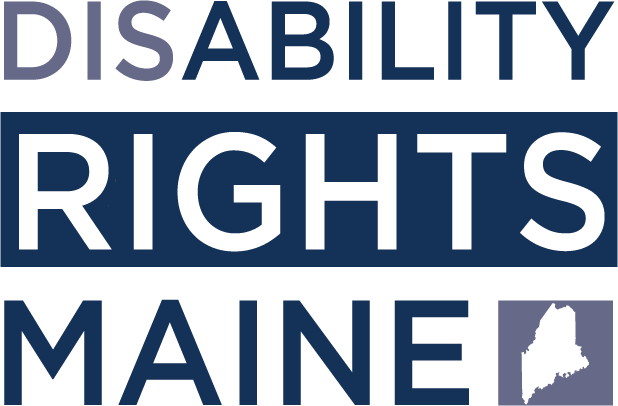The Americans with Disabilities Act (“ADA”) is one of the great civil rights success stories of the last half-century. Its recognition of, and reaction to systemic and individualized barriers at every level of American society serves as an example of how legislatures can remedy centuries of discrimination against a population by public and private actors. The ADA’s stated purpose is to “assure equality of opportunity, full participation, independent living, and economic self-sufficiency” for individuals with disabilities. Despite this laudable goal, the ADA explicitly excludes a huge swath of individuals with disabilities from protection. Specifically, individuals with substance use disorders.
Why is this important? First, if you or a loved one has a substance use disorder diagnosis, you should know that you may fall under the protections of the ADA and other civil rights legislation, like the Fair Housing Act of 1968, the Rehabilitation Act of 1973, and our state’s equivalent to the ADA, the Maine Human Rights Act. This means that you may be protected from, for example, being fired, denied access to a government program, or evicted, on the basis of your substance use disorder. However, like the ADA, your protected status as a person with a disability hinges on whether your substance use was current. If you are in active use, recently experienced a relapse, or in the first few months of recovery, courts are not likely to find that you qualify for protections. Second, the current use exception in our civil rights legislation singles substance use disorders out as disabilities which are somehow less deserving of protections. Not only does this do nothing to fight the stigma that substance use disorders are moral failings rather than diseases, it actually amplifies it. How do you fight for your rights when the legislation purporting to protect you singles you out as uniquely undeserving of help? Finally, as long as the vague exception remains in our laws, federal judges will continue to broadly define current to exclude huge swaths of people at their most vulnerable and in need of legal protections.
The ADA and its implementing regulations recognize substance use disorders as disabilities. However, an individual who is “currently engaging in the illegal use of drugs,” is explicitly excluded from the ADA’s protections. This means that if you are diagnosed with, for example, opioid use disorder and you illegally use an opiate, such as heroin or prescription opiates, you are no longer a person with a disability under the ADA. Paradoxically, under the ADA, one can go from having a disability to not, simply by experiencing a symptom of that disability. A practical example shows just how damaging this legal fiction can be. A person with opioid use disorder has maintained sable recovery for one year. As of this moment, she is an individual with a disability for the purposes of the ADA. In that time, she found a job. However, she experiences a relapse, a clinically-recognized symptom of substance use disorders. Even one use, no matter the length of sobriety that preceded it, strips her of her protected status. If her employer were to find out about this relapse, she could potentially lose her job without hope of legal redress. There are no other disabilities under the ADA with a similar loophole.
What does the “currently” in “currently engaging in the illegal use of drugs” mean? Most would consider the word current to denote a relatively short period of time. Unfortunately, the ADA and its regulations do not actually articulate a specific amount of required abstinence, leaving it to federal judges to define the term on a case-by-case basis. The Equal Employment Opportunity Commission has issued guidance which defines the term “currently engaging” as recent enough to “justify the employer’s reasonable belief that the applicant’s or employee’s involvement with drugs is an ongoing problem.” Courts apply this standard to the unique facts of each case. Thus, courts have boundless discretion to determine just how many months a person must be in recovery before earning his or her rights. Despite the common sense understanding that current use would be limited to a short period of time, courts have almost universally defined it broadly. In fact, some courts have found that a person with over six months of sustained abstinence from illegal drug use still meets the definition of a current user. Not every court has taken such an expansive view of the word current. However, the vast majority of cases brought by plaintiffs with less than six months of abstinence at the time of their firing were shut down by judges who simply felt that the employee was too newly sober for ADA protection.
The dangers of the current use exception are difficult to quantify. The lapse in protections for anyone with a substance use disorder who does not have at least seven months of sustained abstinence means that millions of vulnerable individuals can be discriminated against purely on the basis of their disabilities. The exception is stigmatizing and antithetical to the ADA’s purpose of ensuring equality of opportunity and freedom from invidious discrimination. However, the current use exception does not exclude everyone.
If you or a loved one has faced discrimination on the basis of a substance use disorder know that you may be protected. The cases finding that a person with six months of sobriety was still a current user represent the limit of the exception so far. As society progresses in its understanding of the nature of substance use disorders, so too will the law. Things may move slowly, but thanks to the advocacy of people in the recovery community and allies across the country, we are undeniably moving forward. It is on all of us to continue this march toward equity.
